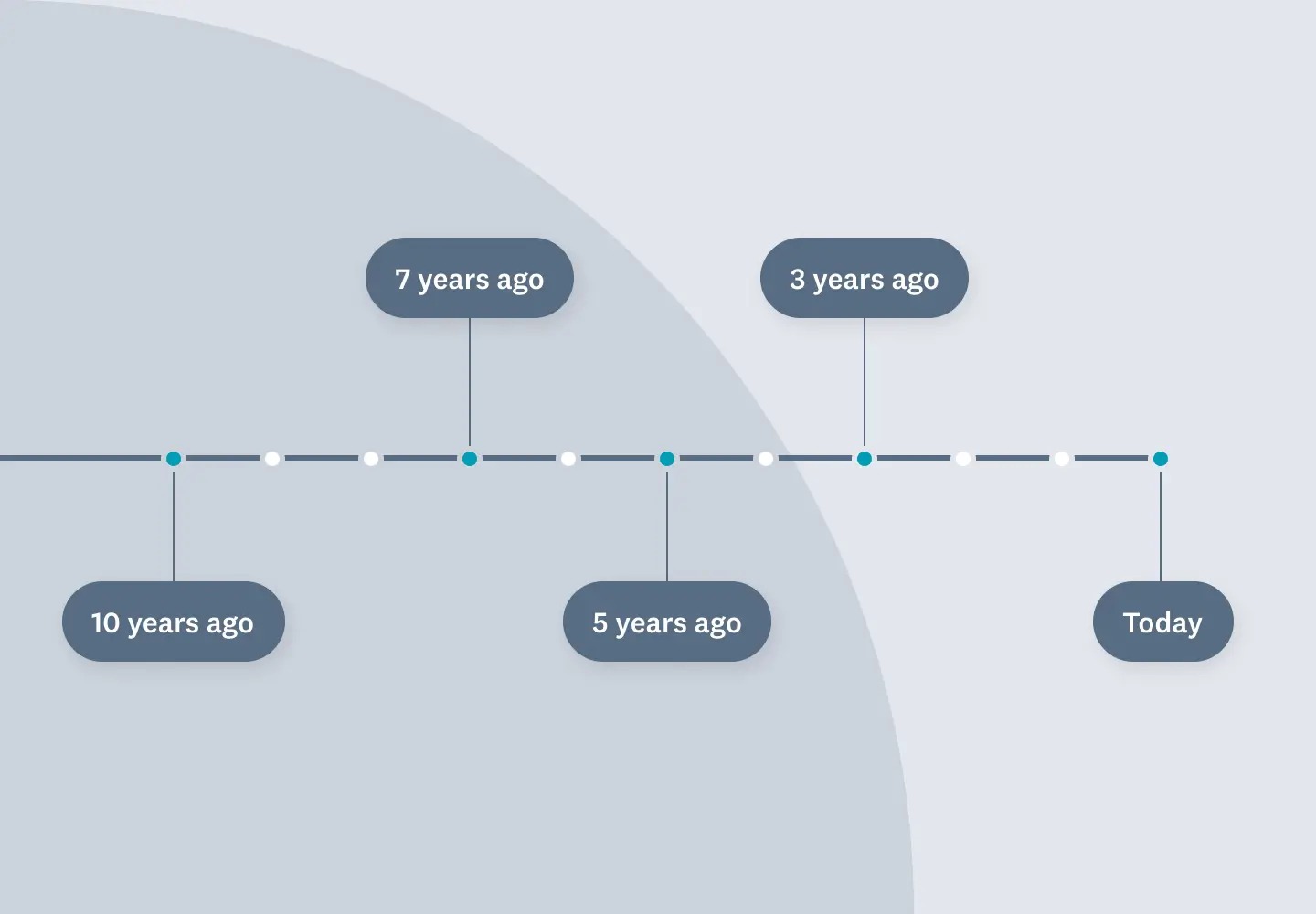

Finance
Back-to-Back Commitment Definition
Published: October 12, 2023
Learn the definition and importance of back-to-back commitment in finance. Understand how it can impact business operations and financial stability.
(Many of the links in this article redirect to a specific reviewed product. Your purchase of these products through affiliate links helps to generate commission for LiveWell, at no extra cost. Learn more)
Back-to-Back Commitment Definition: Unlocking Financial Possibilities
Welcome to the Finance category of our blog! Today, we are going to delve into the intriguing world of back-to-back commitments. If you’ve ever wondered what this term means and how it can impact your financial endeavors, you’ve come to the right place. In this post, we will provide a comprehensive definition of back-to-back commitments and explain their significance in the realm of finance.
Key Takeaways:
- Back-to-back commitments involve a chain of agreements where one party receives a commitment from another party, who, in turn, secures that commitment by gaining a commitment from a third party.
- These commitments can offer financial flexibility, bridge liquidity gaps, and act as a means of risk mitigation.
Now, let’s dive deeper and unlock the possibilities that back-to-back commitments can bring to financial transactions.
Understanding Back-to-Back Commitments
Back-to-back commitments are a specialized financial arrangement where a chain of promises is established among multiple parties. Here’s how it generally plays out:
- Party A enters into a commitment agreement with Party B.
- Party B, in turn, undertakes a commitment agreement with Party C.
- Party C then secures their commitment by engaging with Party D.
This interconnected chain of commitments gives rise to the concept of back-to-back commitments. By establishing a series of agreements, each party can fulfill their own obligations by relying on the commitments of the preceding and succeeding parties in the chain.
But why would parties opt for such a complex arrangement rather than relying on a direct agreement with one another?
The advantages of back-to-back commitments lie in their ability to provide financial flexibility, bridge liquidity gaps, and mitigate certain risks. Let’s explore these benefits more precisely:
Financial Flexibility
Back-to-back commitments allow parties involved to access financial resources that would otherwise be tied up. By establishing a chain of commitments, each party can utilize the commitment received from the previous party as collateral, which enables them to secure additional funds for their own purposes.
This flexibility can be especially valuable for businesses facing temporary cash flow constraints or seeking to leverage their existing commitments to access better lending terms and rates.
Risk Mitigation
Back-to-back commitments also offer a degree of risk mitigation by distributing potential risks among various parties. Through this interconnected arrangement, the risk exposure is shared collectively, providing a safety net in case of unforeseen circumstances such as default on commitments.
Furthermore, back-to-back commitments can provide assurance to parties that their counterparts are financially stable and have the necessary resources to fulfill their commitments, adding an additional layer of security to the overall transaction.
Overall, the usage of back-to-back commitments signifies a sophisticated financial strategy that can unlock various possibilities for businesses and individuals alike. Whether it’s accessing additional funds, mitigating risks, or ensuring financial stability, this specialized arrangement has proven to be a valuable tool in the realm of finance.
In Conclusion
So, next time you come across the term “back-to-back commitments,” you’ll have a solid understanding of its definition and significance within the world of finance. Unlocking financial possibilities, providing flexibility, and mitigating risks, back-to-back commitments are a testament to the innovative nature of financial arrangements.














